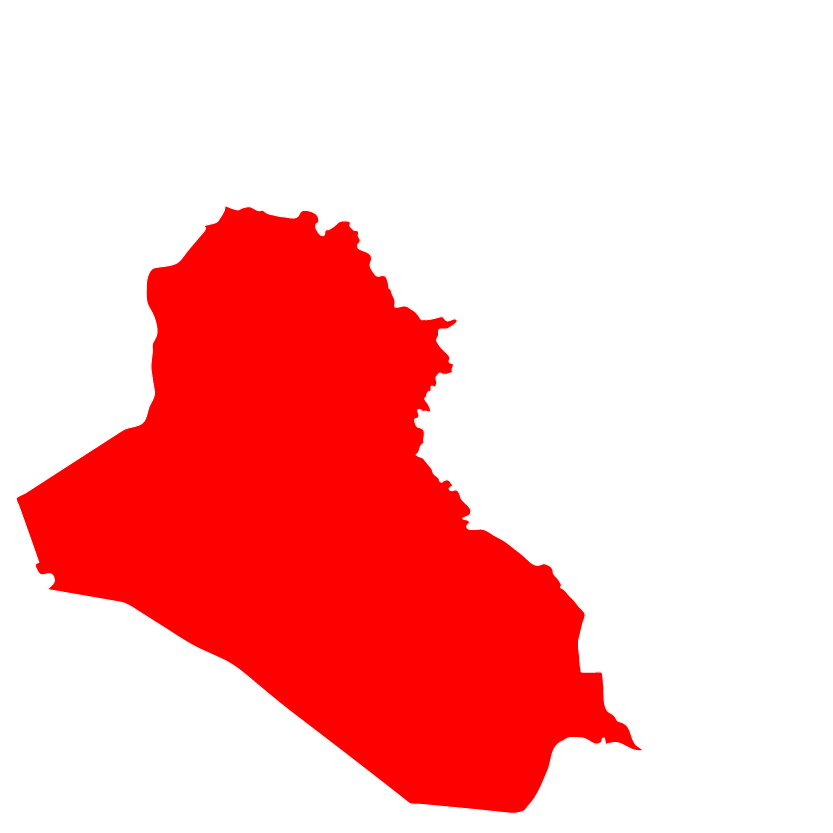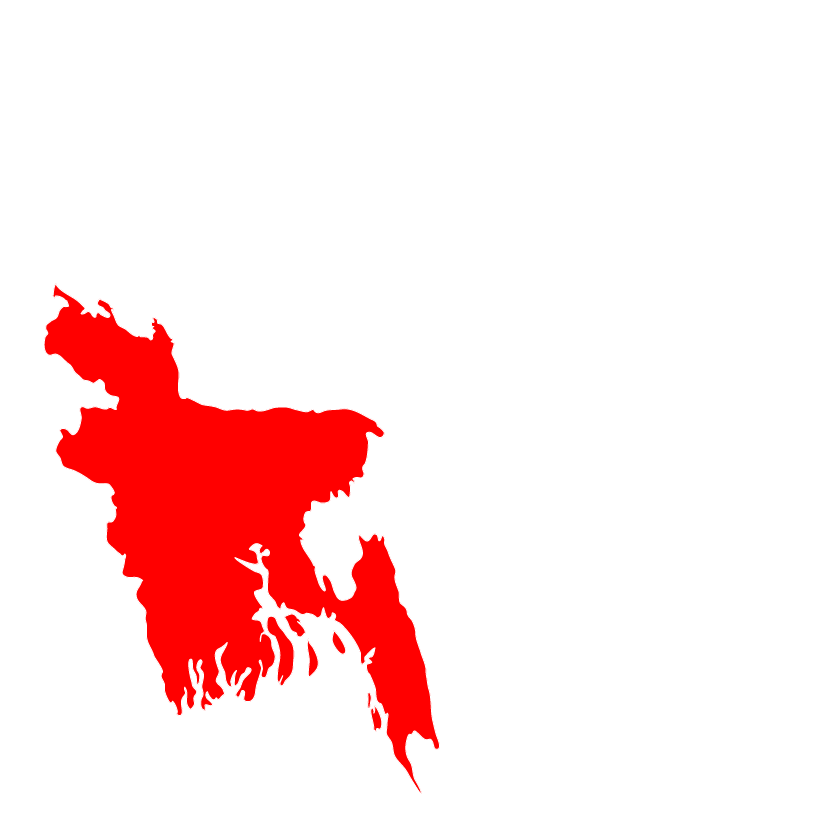It has been seven years and the conflict in Syria continues — devastating, displacing, and destroying lives and forcing millions to flee from their homes. Despite the generous response and support that has been provided by host countries, international and national NGO’S, faith-based organizations, and many others, most Syrian displaced and refugee families remain vulnerable. Refugees and displaced Syrian families live below the poverty line, struggle to meet basic needs, have limited access to legal/social protection and income- generating opportunities. This not only impacts their basic survival but also their ability to cope, to heal and re-build their lives with dignity. Ongoing violence in many parts of Syria continues to lead to large-scale displacement. While no large influxes of Syrian refugees across borders have been witnessed, an additional 570,000 Syrian refugees across the region have been registered in 2017 increasing the number of registered refugees from 4.8 million to 5.3 million (3RP- Regional Overview 2018-2019). The critical response for the refugee situation continues to fall primarily on the neighbouring countries in the region- mainly- Lebanon, Jordan and Turkey–that host the largest numbers of registered refugees per capita in the world. In Lebanon, one in five people is a refugee, while one in 15 is a refugee in Jordan, further exacerbating the already vulnerable and fragile context of the host community population. In Syria, economic contraction has left the population bereft and destitute. The destruction and disrepair of key social and civilian infrastructure marks the unravelling of essential public services, negatively impacting every aspect of daily life. The ability of the Syrian people to cope with the effects of the conflict is nearly exhausted. A multifaceted range of interventions, from emergency aid to humanitarian aid to longer-term assistance is still needed for those affected by the humanitarian crisis. Nearly half of those affected by the crisis are children and adolescents who are deprived of basic needs such as protection and education. The Internal Displaced Persons (IDPs) and Syrian refugee populations are in critical need of access to the most essential basic services and to an income that allows them to meet their basic needs. It is essential that the response continues to offer humanitarian assistance to ensure IDPs in Syria and refugees in Jordan and Lebanon to receive the support that they desperately need.
Call-4-Action SYRIA JSL_18 12 2017_issued
As part of the revision of the ACT Alliance Humanitarian Response Mechanism, a “Call for Action” is essentially the same as an “Alert”, but it applies to Complex emergencies only (category 3 in the ACT Revised Humanitarian Mechanism). For further information on the Revised Humanitarian Response Mechanism, please refer to its online toolkit: https://actlearn.org/course/view.php?id=236







